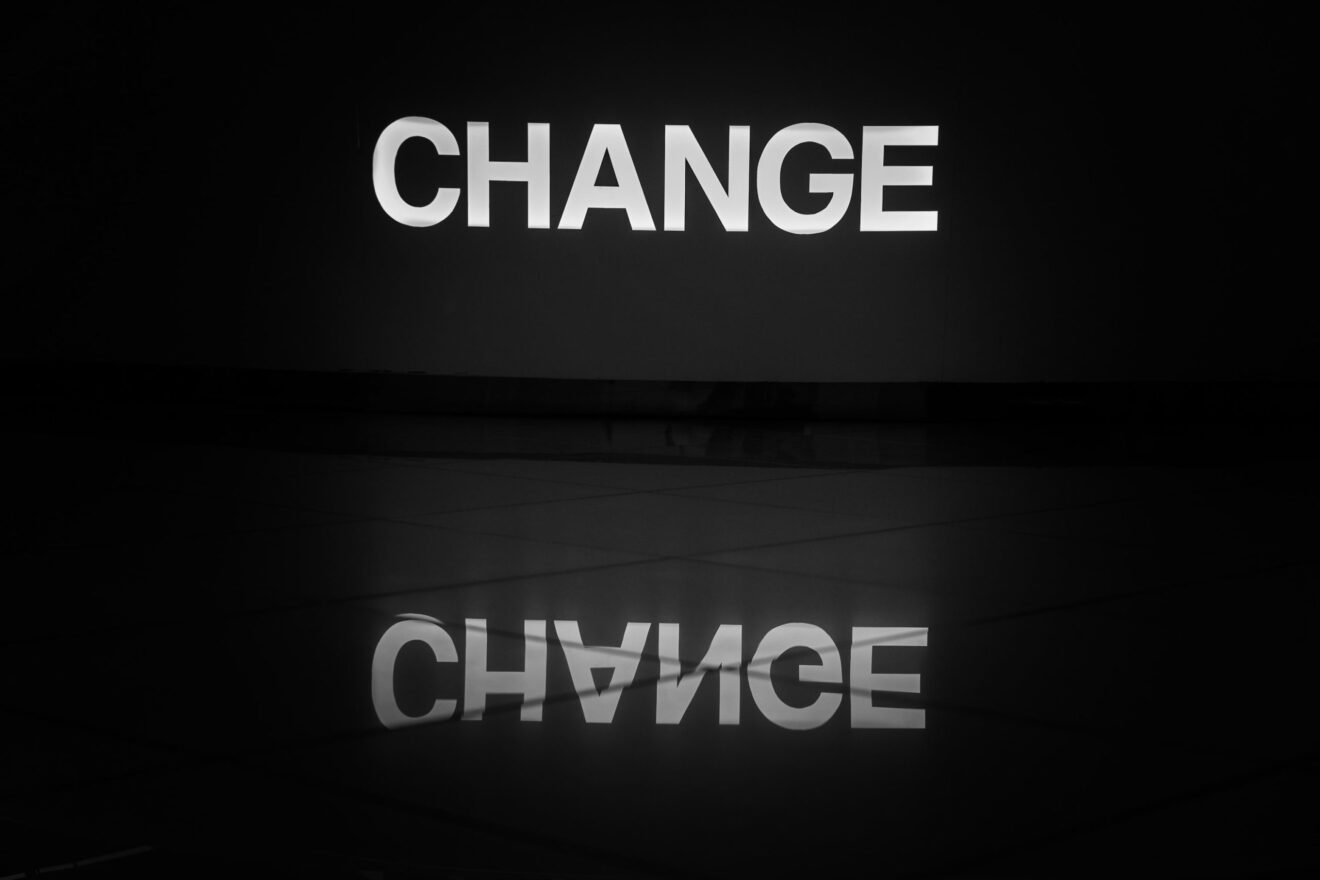I was talking with a colleague earlier this week about the difficulty of thinking about sustaining good work while also highlighting the need for change. My colleague had made a really good point: How can we expect ourselves and others to effectively balance the mindsets we need for these two different worlds? In other words, if we are constantly striving for continuous improvement, how can we simultaneously be encouraging sustainability of our effective work? Change or sustain?
It is definitely complicated, made more so because we regularly encourage the change of some practices and the continuation of others. It is certainly enough to cause confusion and disequilibrium for any of us! So, what can we do to help balance the mindset mix of “Now change! Now stay the same!”? Here are three important considerations.
Flexibility first
We have to remember that flexibility is key. One lesson I believe we all took from the pandemic was the need to relinquish control. All of us had to be willing to say, “I don’t know how to respond to this” or “I have no idea what to do next.”
These statements are both frightening and empowering. Ultimately, though, they both recognize the fluidity in the way the world works that many of us like to avoid, but none of us ever really can. This was a difficult lesson for me, as being one step ahead in any given situation makes me feel more competent and effective.
However, I soon realized that I also exhibit competency and effectiveness when I explain my lack of understanding and am open to self-discovery and problem-solving with others.
In short, “change and sustain” becomes significantly easier when we recognize that a portion of the disconnect rests on our resistance to anything other than a two-state world. But accepting the value of some things changing while others stay the same incorporates that third fluid or “mushy” state, and it is much more real than the other two.
Listen for the truth
In any recommendation, whether to continue certain practices or change them, we can always find a kernel of truth — just like digging deep enough in a bag of popcorn always yields an unpopped kernel. If we take the time, something will resound and help us see the growth-leaning information.
The challenge, of course, is that we often don’t like to hear constructive critiques about our work, and, often, the positive feedback (“Keep doing what you are doing”) gets drowned out by the more critical (“Change what you are doing”). This leads us to either ignore the truth in the critical and only hear the positive, or ignore the truth in the positive and get swallowed up by the critical. Neither view is a good one. Or the right one.
Instead, we would do best to recognize that before reacting to either, we must explore what is really behind each of them. One approach I have taken is to be gracious for both. I thank colleagues, friends and family for sharing their thoughts (whether change or sustain) and then refrain from saying anything else until I have had a day to process.
By that point, I have usually identified the truth. In most cases, it is spot on. So I will circle back to let the person know how valuable what they shared was, and I’ll move forward. This is counter to what I might have done in the past: Speak up more personally or defensively to critical feedback. Time is a resource that can really work for us when we take advantage of it. I weigh “change or sustain” by finding the truth, which helps balance the mindsets.
Map progress
One last tip? I find that when I am asked to live in a “dual” world, it can be hard to focus on multiple, potentially opposing ideas at the same time. Since my brain struggles with keeping approaches that might seem counter in the same space, I find it helpful to map my progress.
Sometimes this means writing down the things that need to stay the same as well as the things I need to change. In other cases it might more simply be taking the time to really think through the areas of my work that feel at odds and ask myself two questions: “Are they actually conflicting in any way?” and “Can they continue in conflict without causing me undue stress or harm?”
Sometimes a perceived discrepancy is exactly what we need to remind ourselves that our work, and our lives, are rarely simple.
I appreciated this conversation with my colleague because it further highlighted the challenge (and the fun) of living and working at such a volatile time. Our work is never boring, and, to be truthful, never really easy. We can, however, make it more empowering — and more likely to strengthen our growth as leaders and learners — if we strive to welcome and recognize the need to keep going, and change course.
Fred Ende is the director of curriculum and instructional services for Putnam/Northern Westchester BOCES in Yorktown Heights, N.Y. Fred currently blogs for SmartBrief Education, and his two books, Professional Development That Sticks and Forces of Influence, are available from ASCD. Connect with Fred on his website or on Twitter.
________________________________
If you liked this article, sign up for SmartBrief’s free email newsletter from ASCD. It’s among SmartBrief’s more than 250 industry-focused newsletters.
More from SmartBrief Education:
- 5 ways new school-home communication meets family, staff needs
- 5 virtual-classroom tools to foster authentic connections
- Changing the classroom experience with instructional audio
- Powerful social media solutions for students
- How comics curriculum boosts SEL
- 8 ways to make vocabulary instruction more effective
